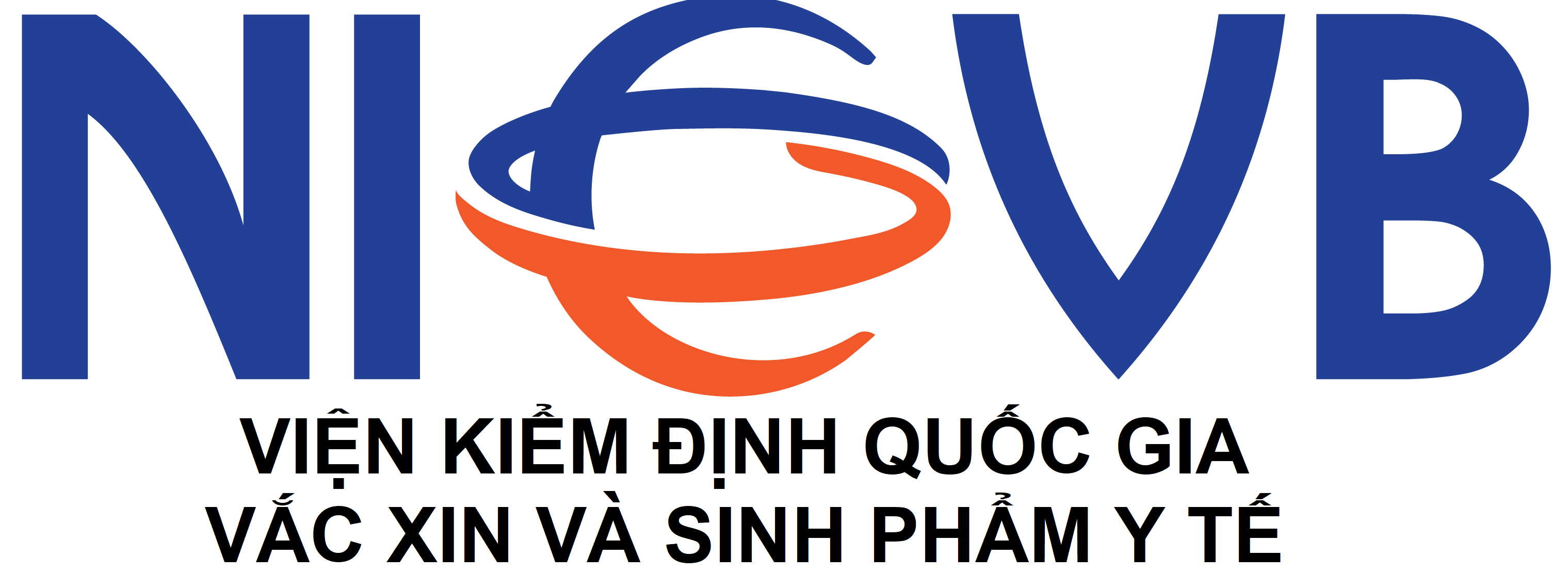CHARACTERIZATION OF AIRBORNE BACTERIAL COMMUNITIES AND EVALUATION OF THE DISINFECTION EFFICACY OF 5% HYDROGEN PEROXIDE IN ANIMAL HOUSING ROOMS AT THE LABORATORY ANIMAL DEPARTMENT
DOI:
https://doi.org/10.56086/jcvb.v5i3.226Từ khóa:
Airborne microorganisms, hydrogen peroxide, laboratory animals, disinfectionTóm tắt
The composition of microorganisms in the air directly affects the quality of laboratory animals, staff, and determines the cleanliness level of the animal facility as well as the value of experiments. In order to eliminate pathogenic factors, 5% hydrogen peroxide was used at the Experimental Animals Department to disinfect animal housing rooms and auxiliary areas. The study results showed that the identified bacterial composition was mainly non-pathogenic Gram-positive bacteria under normal conditions, with staphylococci accounting for 72–92%, and other bacteria including Kocuria rhizophila, Enterococcus gallinarum, Bacillus atrophaeus, and Bacillus pumilus accounting for 8–28%. The average bacterial density in 12 sampled rooms mostly ranged was generally between 100–500 CFU/m³ of air, with no room exceeding 2000 CFU/m³. After disinfection, bacterial loads decreased by 4 to 30 times. Four weeks post-disinfection, all rooms maintained concentrations below 500 CFU/m³.






